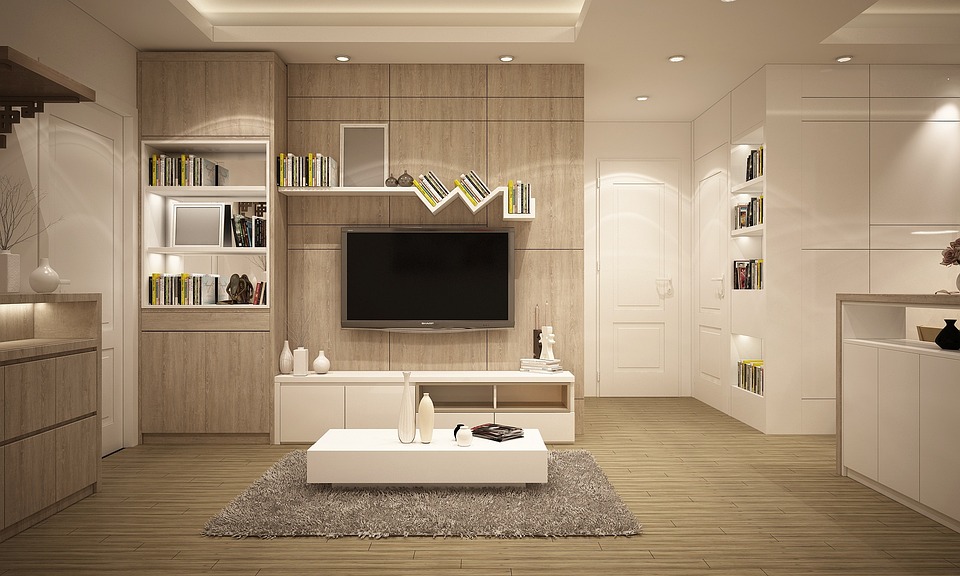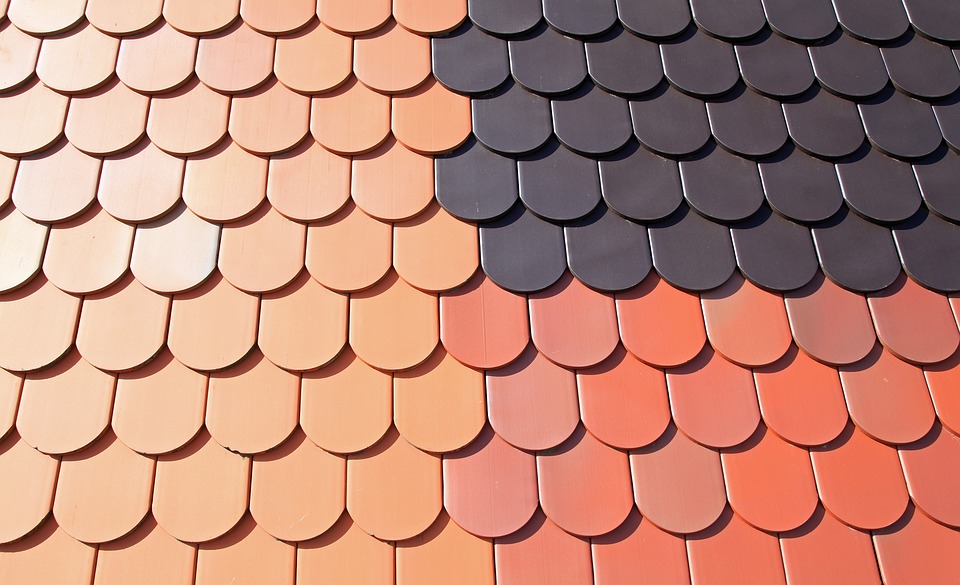Breaking Down Roofing Costs: What Factors Influence the Price?
Roofing costs can vary significantly depending on various factors. Whether you are building a new home or considering replacing your existing roof, understanding these factors can help you make informed decisions and plan your budget accordingly. In this article, we will break down the key elements that influence roofing costs and provide you with valuable insights.
1. Roof Size and Complexity
The size of your roof plays a vital role in determining the overall cost. Larger roofs generally require more materials and labor, thus increasing the expenses. Additionally, the complexity of the roof’s design can impact the price. Roofs with multiple slopes, intricate architectural features, or unusual shapes often require extra time and expertise to install, resulting in higher costs.
2. Roofing Material
The choice of roofing material significantly affects the price. There are various options available in the market, each with its own pros and cons. Here are some commonly used roofing materials:
- Asphalt Shingles: These are the most popular and affordable roofing materials. They come in different styles and colors, making them a versatile choice for many homeowners.
- Metal: Metal roofs offer durability and longevity. While they may have a higher upfront cost, they often require less maintenance and can last for several decades.
- Slate: Slate roofs are known for their elegance and durability. However, they are one of the most expensive options due to the high cost of materials and the expertise required for installation.
- Tiles: Clay or concrete tiles provide a distinct aesthetic appeal and can withstand harsh weather conditions. However, they are also relatively expensive and may require additional structural support due to their weight.
It’s important to consider the longevity, maintenance requirements, and energy efficiency of different roofing materials when making your decision. While some materials may have a higher upfront cost, they can save you money in the long run by reducing repair and replacement expenses.
3. Roof Pitch
The pitch or slope of your roof affects both the materials needed and the complexity of installation. Steeper roofs generally require additional safety measures and may involve more labor-intensive work, increasing the overall cost. Conversely, roofs with a lower pitch are typically easier to install and may require fewer materials.
4. Underlayment and Insulation
The underlayment and insulation of your roof are crucial for protecting your home from moisture, heat, and energy loss. While they may not be immediately visible, investing in high-quality underlayment and insulation can contribute to the overall cost. These components help improve energy efficiency, prevent leaks, and provide added comfort.
5. Roof Accessories
Roof accessories such as gutters, downspouts, vents, skylights, and chimneys can also impact the total roofing cost. The complexity of installation, materials used, and the number of accessories required will influence the overall expenses. It’s important to consider these additional features when budgeting for your roofing project.
FAQs
Q: How much does a new roof typically cost?
A: The cost of a new roof varies depending on factors such as roof size, material, complexity, and location. On average, homeowners can expect to spend between $5,000 to $10,000 for a basic asphalt shingle roof. However, the cost can increase significantly for larger or more intricate roofs, as well as for premium materials like slate or metal.
Q: How long does a roof replacement typically take?
A: The duration of a roof replacement project depends on several factors, including the size and complexity of the roof, weather conditions, and the efficiency of the roofing crew. On average, it can take anywhere from a few days to a few weeks to complete a roof replacement. It’s best to consult with your roofing contractor for a more accurate timeline.
Q: Can I install a new roof over the existing one to save money?
A: While it may be possible to install a new roof over an existing one, it is generally not recommended. Adding another layer of roofing material can add unnecessary weight to the structure and compromise its integrity. Moreover, it may hide underlying issues that need to be addressed. It’s best to consult with a professional roofer to assess the condition of your current roof and determine the most appropriate course of action.
Q: Are there any maintenance costs associated with a new roof?
A: Like any other part of your home, roofs require regular maintenance to ensure their longevity and performance. While the initial cost of a new roof includes installation and materials, ongoing maintenance expenses may include inspections, repairs, and cleaning. It’s important to factor in these costs when budgeting for your roofing project.
In conclusion, several factors influence the cost of roofing projects. Understanding these factors, such as roof size and complexity, choice of materials, roof pitch, underlayment and insulation, and roof accessories, can help you make informed decisions and plan your budget accordingly. Remember to consult with professional roofing contractors to get accurate estimates and recommendations tailored to your specific needs.
For more information about roofing costs and factors influencing prices, you may find this external link helpful.






